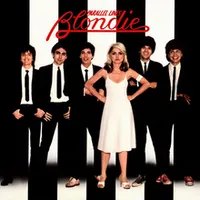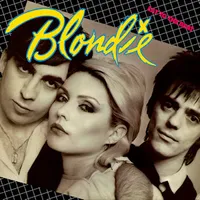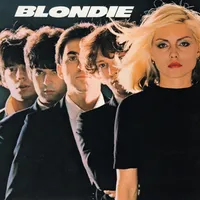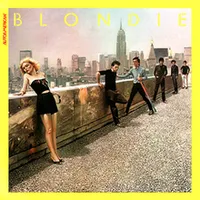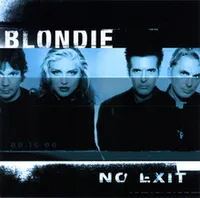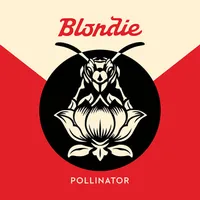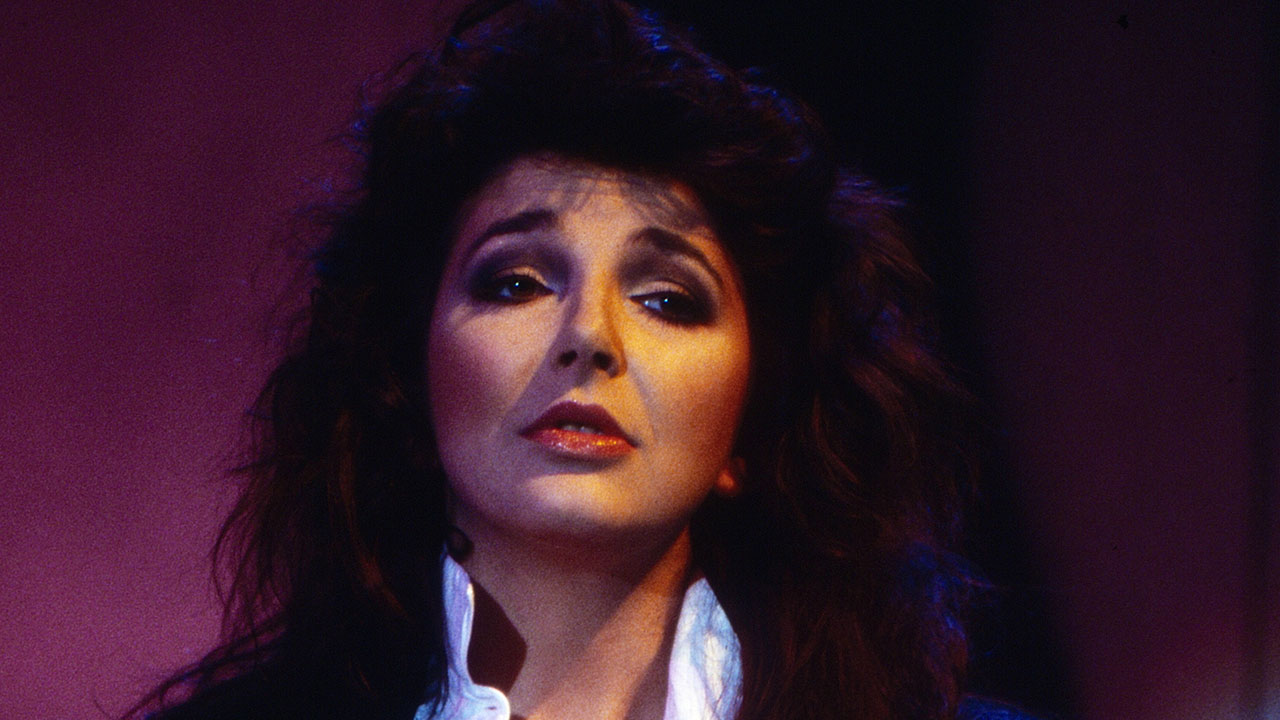The Blondie albums you should definitely own
With their sharp songwriting and lyrical flair, Blondie took the pop-rock artform to a new, and hugely successful, level. These are their best albums
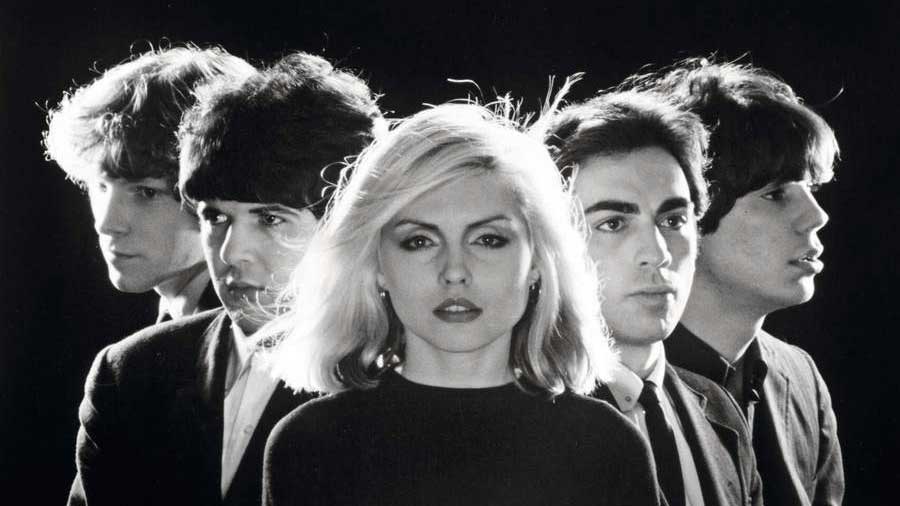
Invariably linked with New York’s punk rock explosion of the late 70s, Blondie had the street smarts and rebellious attitude to coincide with rock’n’roll’s burgeoning nihilism just by being in the right place at the right time. But as a band originally influenced by a musical melting pot of early-60s doo-wop to garage rock, their intelligent lyrics and sharp songwriting made their music a class apart. They exploited punk briefly for their own ends, but their watchword was expansion of their sound, and they quickly evolved.
By the time Blondie were founded by guitarist Chris Stein and singer Deborah Harry in late 1974, they were already experienced musicians. In the late 60s, Harry was a backing singer in folk-rock outfit the Wind In The Willows. She later joined proto-punks The Stillettoes, who hired Chris Stein as their guitarist. The band was born in NYC’s legendary Max’s Kansas City venue where Harry worked as a waitress. The Stillettoes also played regular shows at 315 Bowery, before it reopened in 1973 as CBGB.
Multiple personnel and band name changes followed The Stillettoes’ dissolution. Harry and Stein’s band were first called Angel And The Snake, then Blondie And The Banzai Babies, before they thankfully simplified it to Blondie – named after ex-Playboy bunny Harry’s catcalls from truckers. Her blonde-bombshell looks meant she would become one of the most photographed female icons of the late 20th century. More importantly, Harry would become an enduring influence on female musicians for decades to come.
Charismatic 18-year-old drummer Clem Burke was added to the line-up, followed by his friend, bassist Gary ‘Valentine’ Lachman. Jimmy Destri then joined on keyboards. Lachman quit after Blondie’s debut album and was replaced by another of Burke’s friends, Frank Infante. Infante then moved to second guitar, with Nigel Harrison joining on bass, consolidating the classic Blondie line-up.
Their third album, 1978’s Parallel Lines, was a huge international breakthrough for Blondie. As much of an iconic 70s album as Led Zeppelin IV, Never Mind The Bollocks or The Dark Side Of The Moon, it’s a rock-pop classic. Having diversified their eclectic sound, and absorbed influences like disco, funk, reggae and rap, the band split after 1982’s sixth album The Hunter. They reunited in 1999 and have recorded another five albums to date.

Parallel Lines (Chrysalis, 1978)
In the USA, Blondie were still a cult underground band prior to Parallel Lines, and at first the band were criticised for adopting a more polished sound. “Everyone asks ifwe’re selling out by going commercial,” Chris Stein told the NME at the time. “But I view it as a challenge to try to produce something that has mass appeal.”
That power to attract was evidenced by the musical diversity on offer on the record: the shimmering disco-infused Heart Of Glass; the doo-wop-inflected new-wave perfection of Sunday Girl; the swaggering cover of The Nerves’ unruly Hanging On The Telephone; the riff-heavy garage menace of One Way Or Another. An instant classic.
Eat To The Beat (Chrysalis, 1979)
At first listen the follow-up to Parallel Lines, Eat To The Beat, seemed like Blondie doubling down on their rock credentials, with harder songs like the title track, Atomic – the most apocalyptic song ever written about a hairdo – and the poignant romance of rock anthem Union City Blue.
But Dreaming (which Chris Stein later stated was “pretty much a cop” of ABBA’s Dancing Queen) is an ode to disco. The Hardest Part immerses Blondie in funk-rock that almost predicts the Red Hot Chili Peppers, while the pop-reggae of Die Young Stay Pretty was a signpost of what was to come with the following year’s follow-up Autoamerican.
A scene had formed around NYC’s CBGB, comprising Blondie, Television, Ramones, Talking Heads and the Heartbreakers. Blondie played a show every week while they lived on the breadline in a nearby loft space with bullet holes in the windows and homeless bums dying outside in the snow.
But they practised daily, and their passionate debut came out of that destitution, connecting their love of retro pop with the emergent punk scene. Bassist Gary Valentine wrote their debut US single/album opener X-Offender with Harry, while she and Stein wrote the Velvet Underground-influenced Rip Her To Shreds.
Plastic Letters (Chrysalis, 1978)
Valentine quit before the recording of this second album, so Stein played both bass and guitar on their major-label debut. But Clem Burke insisted on using Valentine’s (I’m Always Touched by Your) Presence, Dear. It was released as the second single from the album, following Denis, a reworking of Randy & The Rainbows 1963 doo-wop classic Denise.
Kidnapper, Love At The Pier and Detroit 442 bear healthy Dr Feelgood influences. Blondie had been fans of Wilko Johnson and co. since Clem Burke returned from the UK in early 1976 with a copy of Down By The Jetty, and Harry credited them with giving the NYC punk scene direction.
Autoamerican (Chrysalis, 1980)
After Eat To The Beat the band members went in different directions, absorbing different influences: Chris Stein, Clem Burke and Jimmy Destri produced other bands, Nigel Harrison played with Michael Des Barres. Autoamerican’s opening track, the symphonic instrumental Europa, with its lush orchestration, instantly emphasised the band’s intention to surprise their audience.
It’s lead single, a cover of The Paragons’ rocksteady track The Tide Is High was a huge international hit, and the glorious Rapture fully embraced rap. By now Blondie had matured beyond all expectations.
In 1981, Harry released her debut solo album Koo Koo, as much an art project with HR Giger as an album. As a whole, the band’s influences had expanded even wider. The Hunter, a progressive conceptual work ahead of its time – perhaps too far ahead for some of Blondie’s traditional audience – took a socio-political view.
The calypso-style swing of the playful Island Of Lost Souls was the most accessible track, but the brash dance/rock of War Child utterly confounded expectations. Dragonfly evokes B-movie sci-fi, and the alluring For Your Eyes Only was rejected, somewhat unfairly, for the 1981 Bond movie of the same name.
Re-forming without Frank Infante and Nigel Harrison due to personal friction, Blondie were keen to avoid returning to their late-70s peak-career sound, and instead forged ahead into new territory. That said, the wonderfully exuberant Maria, a Destri composition, harks back to early Blondie.
The album’s title track (co-written with Coolio and featuring Mobb Deep and members of Wu-Tang Clan) built on Blondie’s adoption of rap, while ska-punk opener Screaming Skin showed that the band were keeping abreast of current music. And Nothing Is Real But The Girl and Under The Gun proved that they had lost none of their aptitude for rock.
Panic Of Girls (Five Seven Music, 2011)
While 2003’s The Curse Of Blondie album received mixed reviews – possibly due to its ambitious breadth of diversity – Panic Of Girls is the most popular album with fans since Blondie’s re-formation. Sadly Jimmy Destri was out. Core members Harry, Stein and Burke expanded the line-up to include bassist Leigh Foxx and guitarist Paul Carbonara, who’d both played with Blondie since the re-formation.
Carbonara left and was replaced by Tommy Kessler, and keyboard playert Matt Katz-Bohen rounded out the new line-up and contributed to songwriting, notably on rocker What I Heard. Lead single Mother was classic Blondie: anthemic rock crossed with euphoric dance.
Following Ghosts Of Download, Blondie’s latest album built on the success of Panic Of Girls. Reuniting the same line-up, with the band returning to their heartland, it has an emphasis on guitar rock, with a strictly no-nonsense production.
Opener Doom Or Destiny sets out the album’s stall with co-vocalist Joan Jett among an array of guest performers and songwriters. My Monster sounds eerily like early-80s Blondie despite being written by Johnny Marr, Nick Valensi of The Strokes performs on and co-wrote Best Day Ever. Blondie had returned pissed off about the planet and its useless leaders, and were back on form.
Sign up below to get the latest from Classic Rock, plus exclusive special offers, direct to your inbox!
A regular contributor to Louder/Classic Rock and The Quietus, Burrows began his career in 1979 with a joke published in Whizzer & Chips. In the early 1990s he self-published a punk/comics zine, then later worked for Cycling Plus, Redline, MXUK, MP3, Computer Music, Metal Hammer and Classic Rock magazines. He co-wrote Anarchy In the UK: The Stories Behind the Anthems of Punk with the late, great Steven Wells and adapted gothic era literature into graphic novels. He also had a joke published in Viz. He currently works in creative solutions, lives in rural Oxfordshire and plays the drums badly.
